How To Build Your LinkedIn Profile
A strong presence on the career and business network can help you advance and make connections
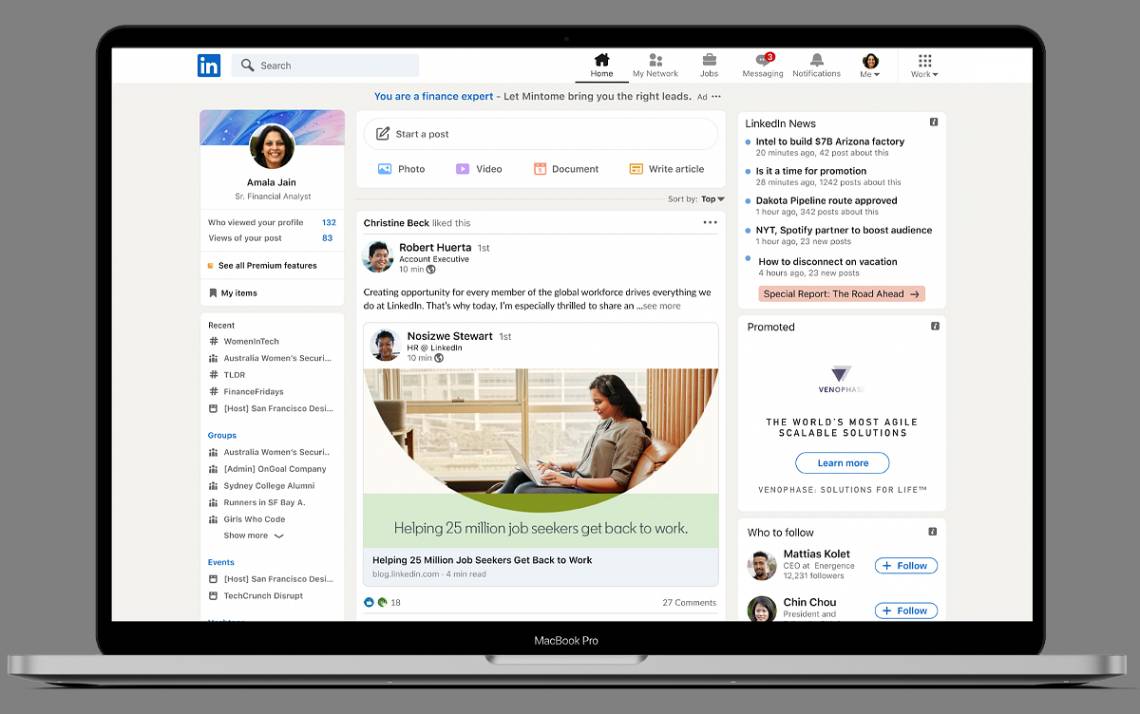
Since completing LinkedIn Learning courses on computer programming languages like Python, Ann Roy has meant to update her LinkedIn profile with her new skills.
An IT analyst for the Duke Office of Information Technology, Roy filled in information on her jobs, education and her expertise on LinkedIn but wanted her profile to stand out more.
“I needed some ways to make it snazzy,” Roy added.
For ideas on how to build her LinkedIn profile, Roy attended OIT’s online workshop “Building a Professional LinkedIn Profile for Staff” in October. Elma Clarke, a senior customer success manager for LinkedIn, led the session, offering tips on how to complete your profile, network and show off your work on LinkedIn.
“LinkedIn is not just for job seekers,” Clarke said. “LinkedIn is a platform where you make connections. It’s a platform where you can have a voice and learn from others.”
Here are five tips for build your network and advance your career on LinkedIn after setting up an account.
Upload a good profile picture
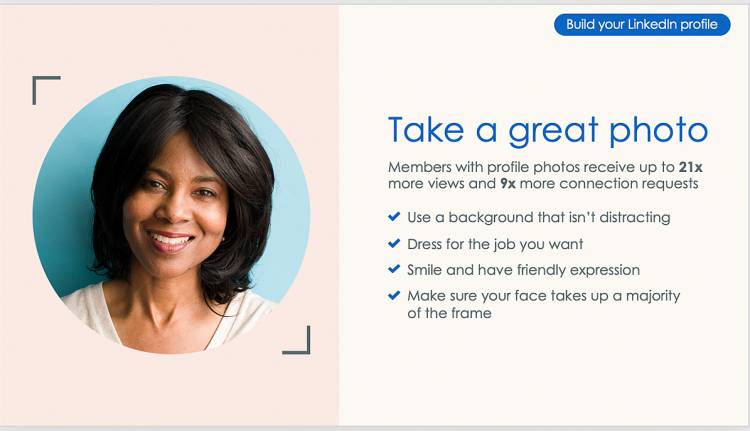
Clarke said one of the easiest ways to increase engagement on your LinkedIn profile is to add a profile picture. Profiles with photos receive 21 times more views and nine times more connection requests than accounts without photos, she added.
Pick a photo with a background that isn’t distracting; your face should fill most of the frame; and have a friendly expression.
“You don’t have to be in a suit or formal attire,” Clarke said. “Think of the industry you’re part of because you want to represent that in your photo.”
Write a compelling “About” summary
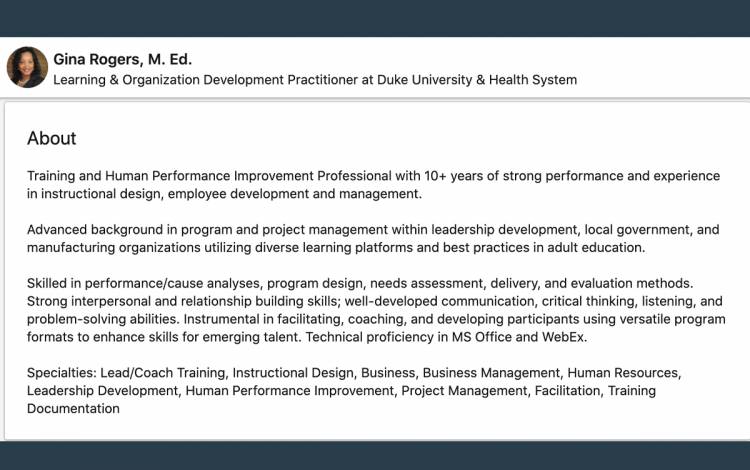
A LinkedIn user’s “About” section is the first chance to communicate a role and professional interests.
Clarke said the summary should be about seven to nine sentences that detail professional experiences, top skills and passions. Summaries that are at least 40 words will show up in search results on LinkedIn, allowing recruiters and people to network and find your profile easier.
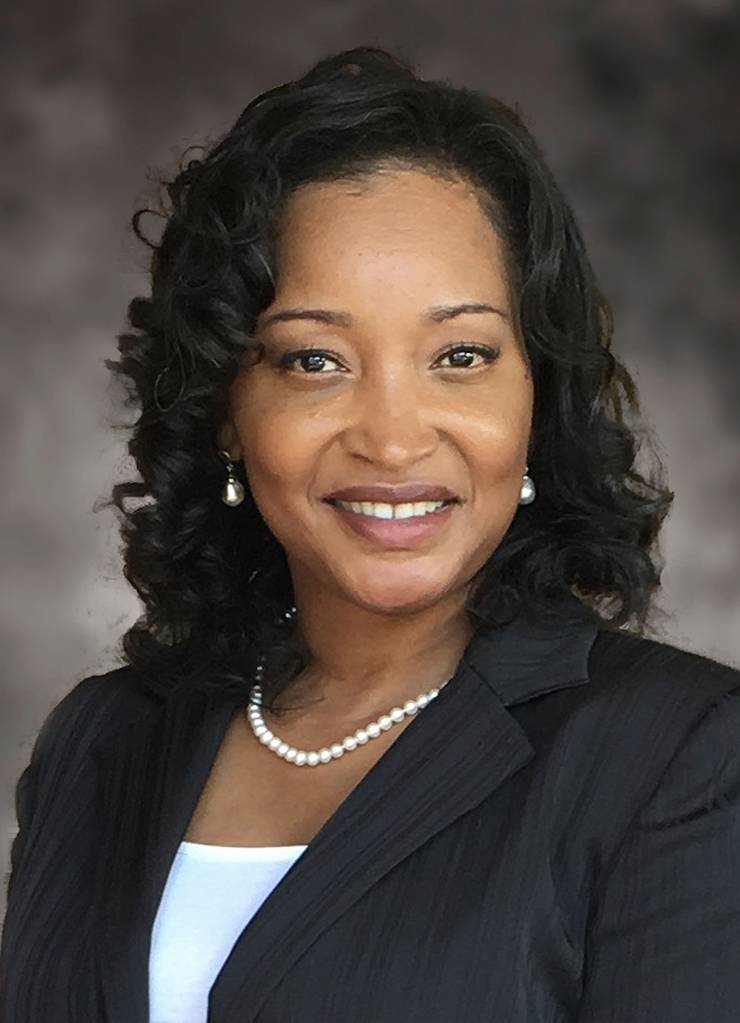 “This summary is your elevator pitch,” Clarke said. “This is where you want to highlight your accomplishments and aspirations.”
“This summary is your elevator pitch,” Clarke said. “This is where you want to highlight your accomplishments and aspirations.”
Gina Rogers, assistant director of Duke Learning & Organization Development (L&OD), credits her detailed “About” section for landing a job at Duke three years ago when a recruiter contacted Rogers after seeing her LinkedIn profile.
Rogers’ “About” summary includes information on her 20 years of work in employee development, background in project management and relationship-building skills.
“You should assume that someone is Googling you before they meet you for the first time,” Rogers said. “LinkedIn could be their first impression of you. You want the first impression to be strong.”
Detail professional experiences
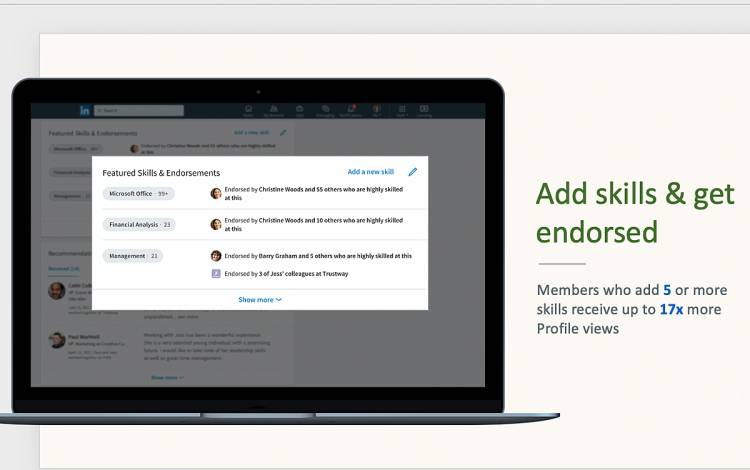
The “Experience” section allows users to list current role, previous positions and duties for all.
Clarke said to give a two to three sentence overview of what each job entails, list your achievements and add examples of work if available. LinkedIn allows users to upload PDF documents, videos and PowerPoint in this section.
“Give visitors to your profile more insight into who you are and what you do,” Clarke said. “This is all part of telling your professional story. Your profile should be captivating and dynamic.”
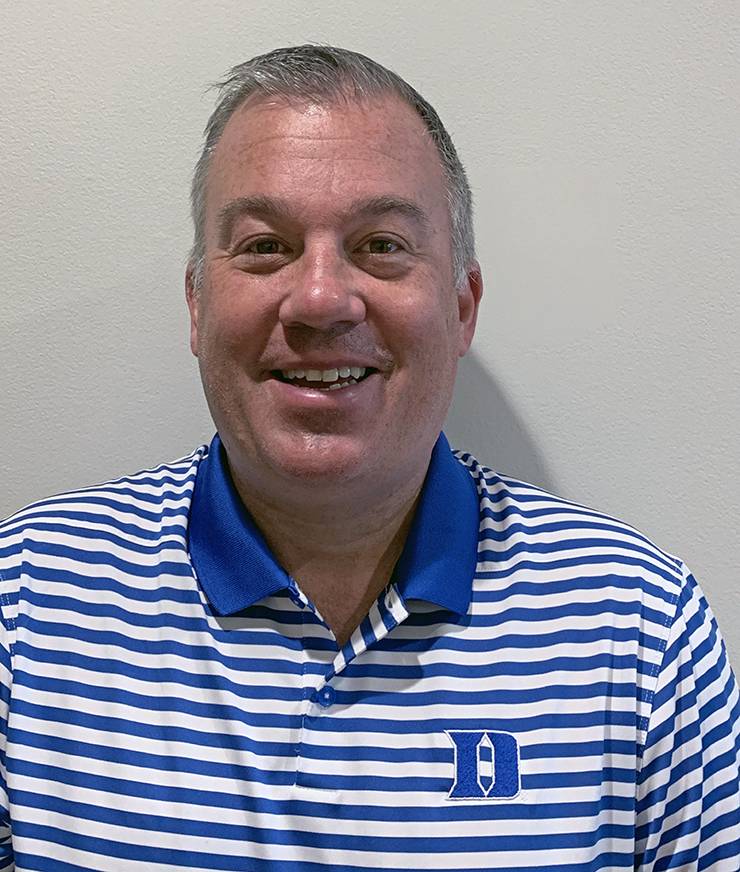 Gregory Victory, the Fannie Mitchell Executive Director of the Duke Career Center and assistant vice president of Student Affairs, has put every job he’s worked in his 22-year career on LinkedIn with a summary of what he did in each position. He also lists some of his professional skills such as career counseling, higher education, leadership development and strategic planning.
Gregory Victory, the Fannie Mitchell Executive Director of the Duke Career Center and assistant vice president of Student Affairs, has put every job he’s worked in his 22-year career on LinkedIn with a summary of what he did in each position. He also lists some of his professional skills such as career counseling, higher education, leadership development and strategic planning.
Profiles with at least five skills listed receive up to 17 times more profile views than accounts with four or fewer skills, according to LinkedIn.
“For me, LinkedIn is a great way to stay connected to people I’ve worked with and other leaders in my field,” Victory said. “If I’m leaving out a personal or professional interest, then I may be leaving out a way to make a connection with someone else.”
Join groups to make connections
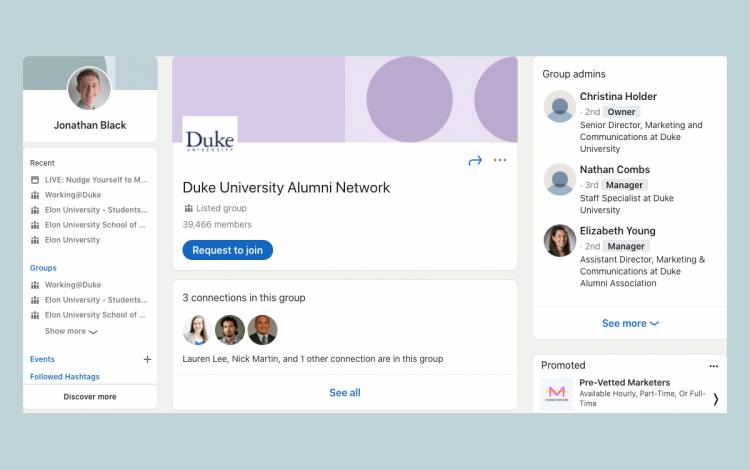
Victory spends about 15 minutes every morning checking LinkedIn to read news from other higher education career centers and to see what companies are hiring that could be a good fit for Duke students.
Victory curates his LinkedIn feed by joining professional groups such as “University Recruiting” and “National Association of Colleges and Employers.” LinkedIn groups are places for people in the same industry or with similar interests to share insights, ask for guidance and build connections.
“I can see what companies are hiring and share that in the Career Center newsletters,” Victory said. “I also see how other career services departments are managing working in a virtual environment.”
Post and re-share content
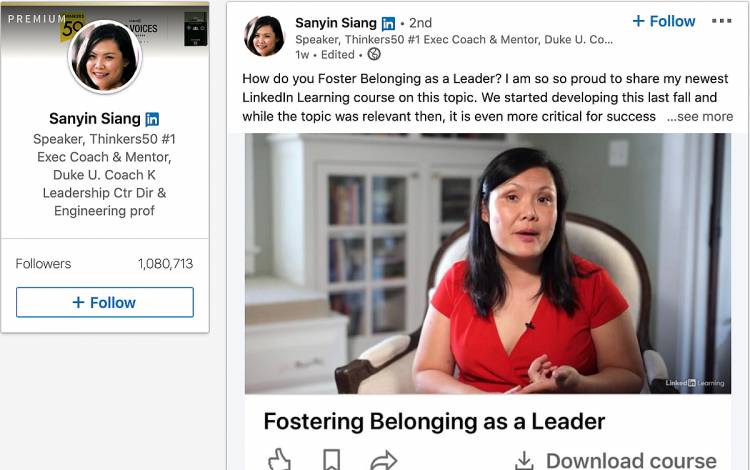
Clarke said posting as little as once a month to share something you’ve written or read related to your field builds engagement on LinkedIn. Publishing content sends notifications to other users, opens up your profile to a larger audience and positions you as an authority figure in a field.
“Whether it’s a story or article you read, maybe you wrote a poem you want to share with others, LinkedIn is a place where you can share those insights,” Clarke said. “It’s a great place to build your professional brand.”
Sanyin Siang, executive director of the Fuqua/Coach K Center on Leadership & Ethics, has nearly 1.1 million followers on LinkedIn. She engages with them by sharing content almost every morning.
Siang uses her platform to post articles she’s read, ask questions and poll her for research and promote her writing and LinkedIn Learning series on “Fostering Belonging as a Leader.”
“I’m learning from the comments people are leaving,” Siang said. “My LinkedIn experience is all about engagement. I want to know how people think and respond to the work I’m doing.”
Got something you would like for us to cover? Send ideas, shout-outs and photographs through our story idea form or write working@duke.edu.